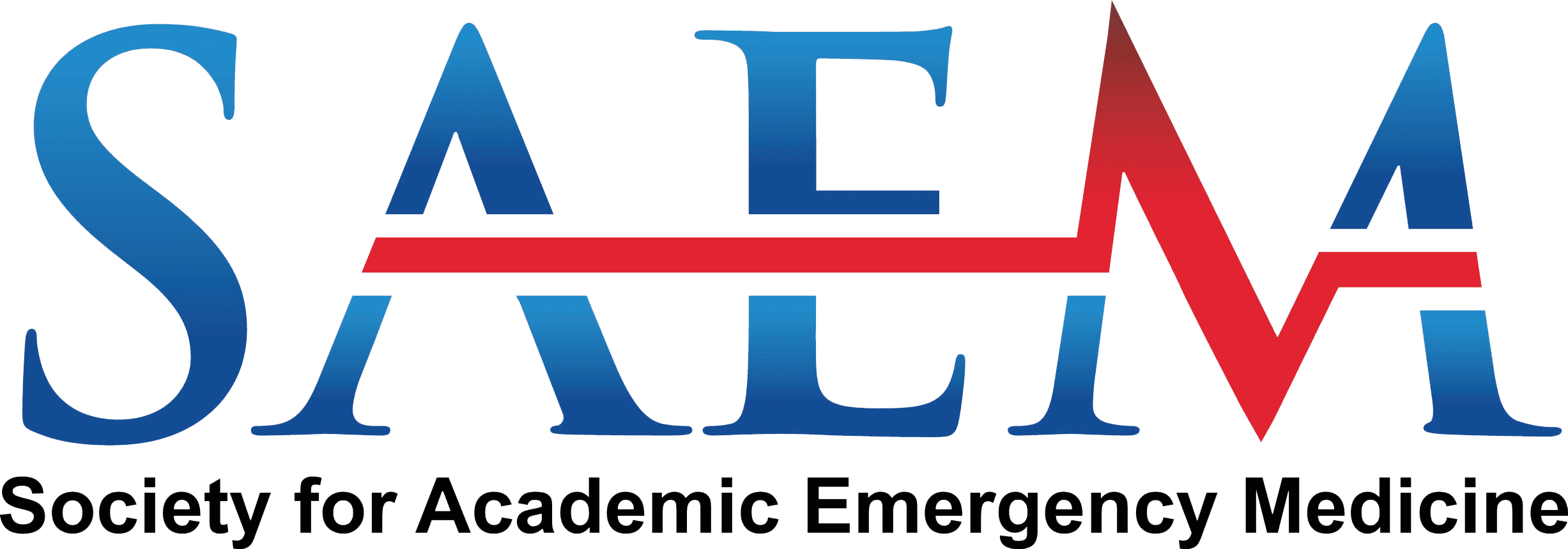Fellow

Most sports medicine fellowships are ACGME-accredited and accept applicants from five primary specialties: emergency medicine (EM), family medicine, physical medicine and rehabilitation (PM&R), internal medicine, and pediatrics. While EM is a newer entrant into the field, most fellowships are still housed within family medicine or PM&R departments. Some accept EM applicants for general slots, while a few offer dedicated EM-specific rotations.
A key requirement during fellowship is maintaining continuity in one's primary specialty, which poses a challenge for EM-trained fellows due to the nature of emergency department (ED) shift work. Programs address this in various ways including urgent care shifts, designated "emergency care" experiences such as training room coverage, or structured ED shifts.
Fellowship-trained EM/sports medicine physicians have diverse career options, including hybrid EM/sports medicine roles, academic medicine, research, and consulting for sports organizations. Choosing a fellowship with a strong EM presence can be beneficial for maintaining EM clinical competency while building expertise in sports medicine.
Key Aspects of Fellowship Training
- EM Integration: Fellows typically work two-four ED or urgent care shifts per month alongside their sports medicine training.
- Clinical Training: Expect six-eight half-days per week in sports medicine clinics, which may include primary care sports medicine, orthopedic rotations, and training room coverage.
- Team and Event Coverage: Sideline and event coverage are integral, often occurring during evenings and weekends and counting toward duty hours.
- Moonlighting: Many programs offer moonlighting options in affiliated EDs, providing additional income and continued EM experience.
- Research Requirements: Fellows must complete a scholarly project, which may include a case report, clinical research, or a quality improvement initiative. Some programs may have additional research expectations.
- Didactic and Procedural Training: Structured educational activities include lectures, journal clubs, procedural workshops, and musculoskeletal ultrasound training. These sessions feature specialists from various disciplines including nutrition, physical therapy, and radiology.
Logistics and Compensation
- Most programs offer a PGY4/5 salary, which can be found on the institution's GME website.
- Some programs build moonlighting shifts into the schedule, paying per diem rates on top of the fellowship salary.
- Work hours vary but generally consist of a mix of clinic time, event coverage, and ED shifts.
Insider Advice
"Emergency medicine-trained sports medicine physicians are becoming more and more desirable within the field because we possess a unique skillset for acute injury management, as well as procedural and ultrasound skills that are invaluable within sports medicine. Reach out early during residency to tag along for coverage opportunities and consider crafting your scholarly project on an orthopedics-related topic. This can include initiatives such as improving fracture care, splinting education, concussion discharge instructions, or musculoskeletal ultrasound education. Fellowship programs want to see a demonstrated interest from early on during residency as this will make you stand our amongst other applicants. Lastly, think about what you want your ultimate career to look like. Some EM/sports medicine physicians practice only in the emergency department or in the clinic, while most have a hybrid between the two with team or event coverage. The possibilities are endless!"
-Venkat Subramanyam, MD

